Just like animals, national flowers too, are symbols representing a country. Some national flowers have cultural or religious roots that go back hundreds or even thousands of years and may or may not have been officially adopted.
In each country, the meaning of the national flower is different.
Different processes have been used to adopt these symbols; some are conferred by government bodies, whereas others are the result of informal public polls – the same method countries would want to decide their national animals.
The term floral emblem, which refers to flowers specifically, is primarily used in Australia and Canada. In the United States, the term state flower is more often used.
Now let’s meet each and every national flower of countries in the region:
VIETNAM
National flower: Lotus (Nelumbo nucifera)
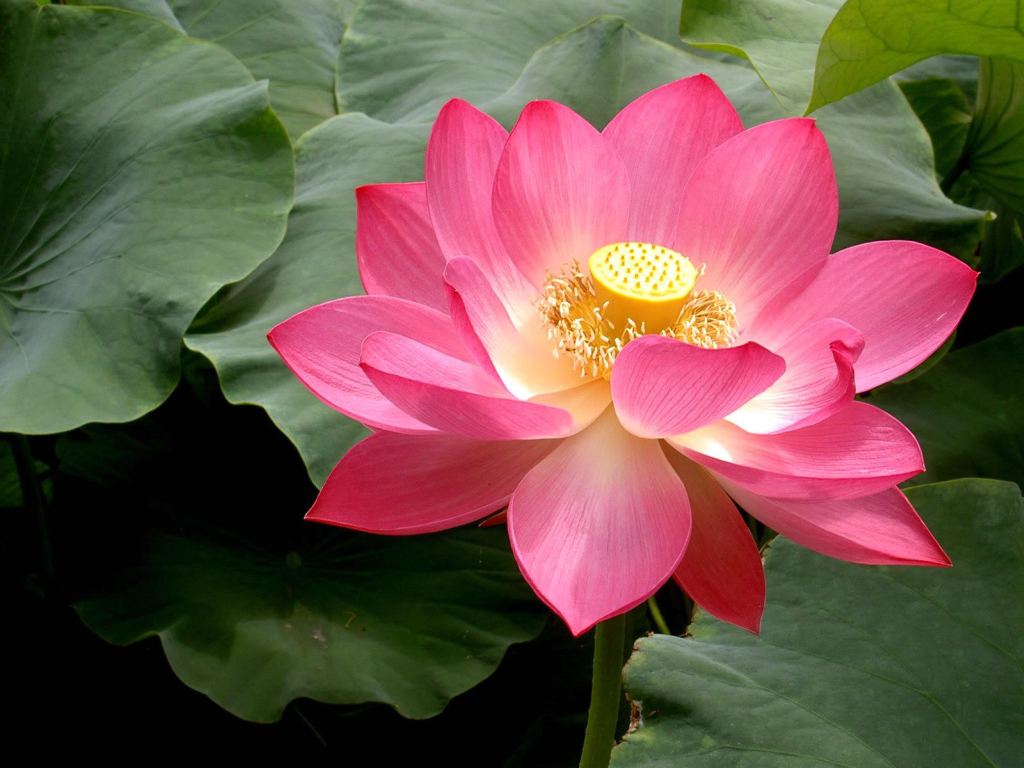
The people of Vietnam regard the Lotus as one of the four graceful flowers and plants, along with the pine, bamboo, and chrysanthemum.
Known as the "flower of the dawn," the Lotus is found throughout the country at lakes and ponds. To the Vietnamese, the lotus is the symbol of purity, commitment and optimism for the future. The elegance of the lotus is often cited in the Vietnamese folk songs and poems.
MYANMAR
National flower: Padauk (Pterocarpus Indicus)
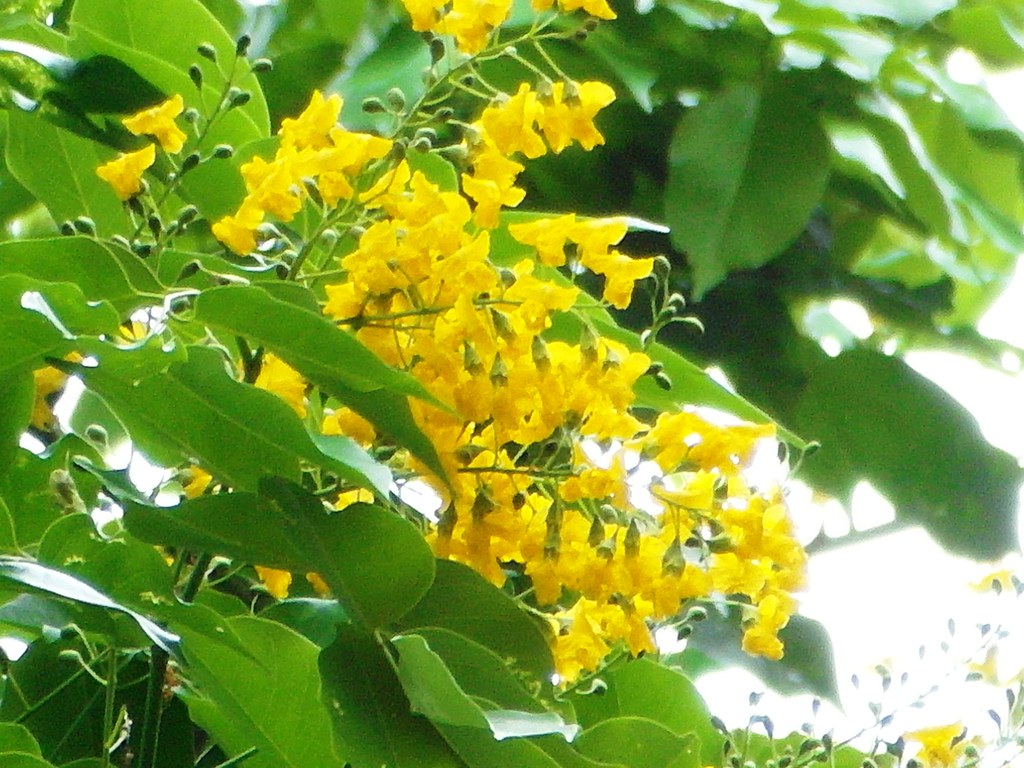
The Paduak blossoms in tiny fragrant yellow-gold flowers after the first showers in April, coinciding with the Myanmar New Year festival.
Once in bloom, the entire tree turns gold overnight. The Myanmar people regard the Paduak tree as the symbol of strength and durability. The beautiful flower also signifies youth, love and romance. The flower plays an indispensable part in traditional and religious ceremonies.
The Paduak can be found throughout the country. The wood of the tree is also used for making furniture.
BRUNEI
National flower: Simpor (Dillenia Suffruticosa)
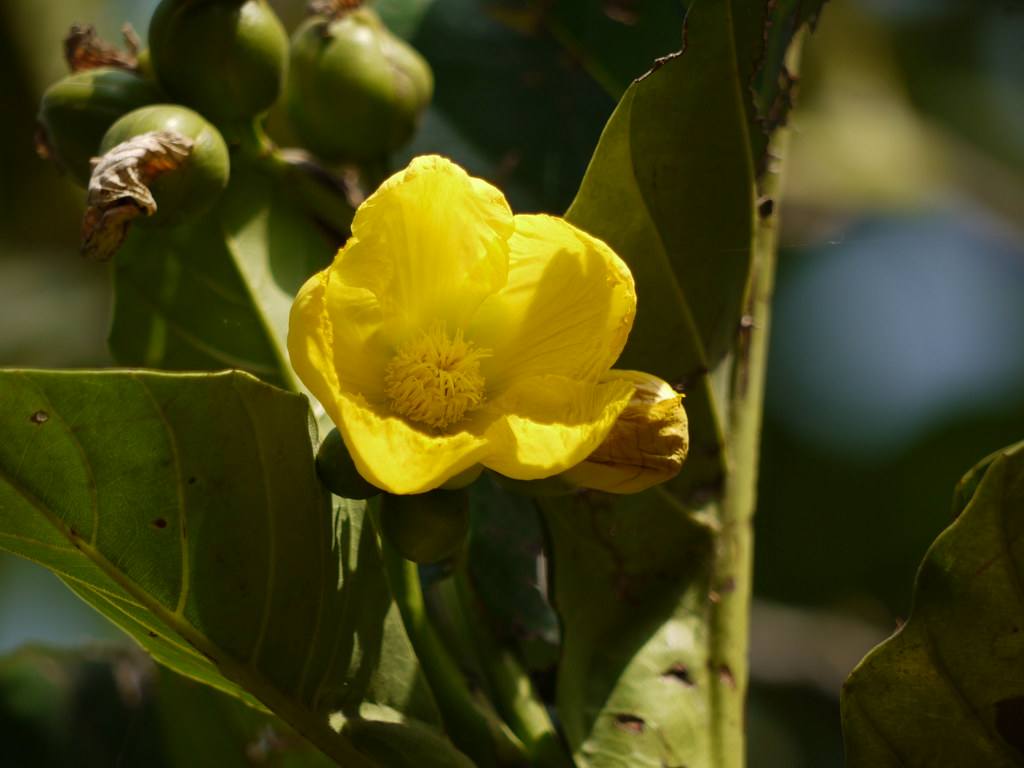
The Simpor tree has large bright yellow petals and large leaves. When fully in bloom, the petals spreading out like an umbrella.
The image of the Simpor flower is found on the Brunei one-dollar bank note. It is also widely used in Brunei in art design for traditional handicrafts.
The Simpor is commonly found along the rivers in Brunei, especially the Temburong River, and also at swamp or white sand areas. Most parts of the tree have multiple uses, for instance, the treatment of wounds.
INDONESIA
National flower #1: The Moon Orchid (Phalaenopsis Amabilis)
The Moon Orchid or Angrek Bulan is one of Indonesia's three national flowers.
The Moon Orchid is one of the longest blooming orchids. The inflorescences are branched and can last from two to six months before dropping. The Moon Orchid usually blooms two to three times a year once it has reached maturity. It thrives in moist temperature so it is widely found in the lowlands of Indonesia.
National flower #2: Melati (Jasmine Sambac)
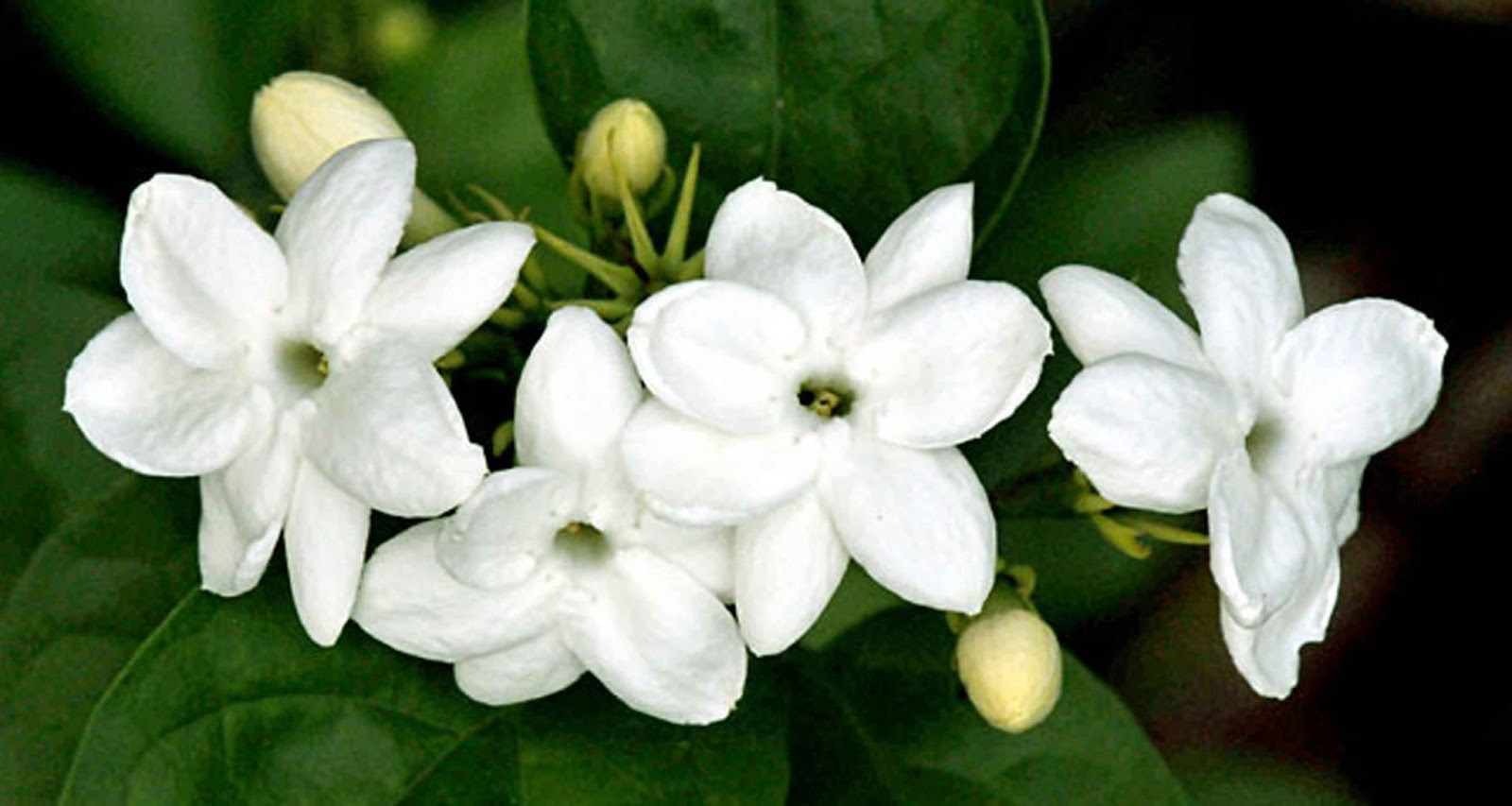
National flower #3: Rafflesia Arnoldii
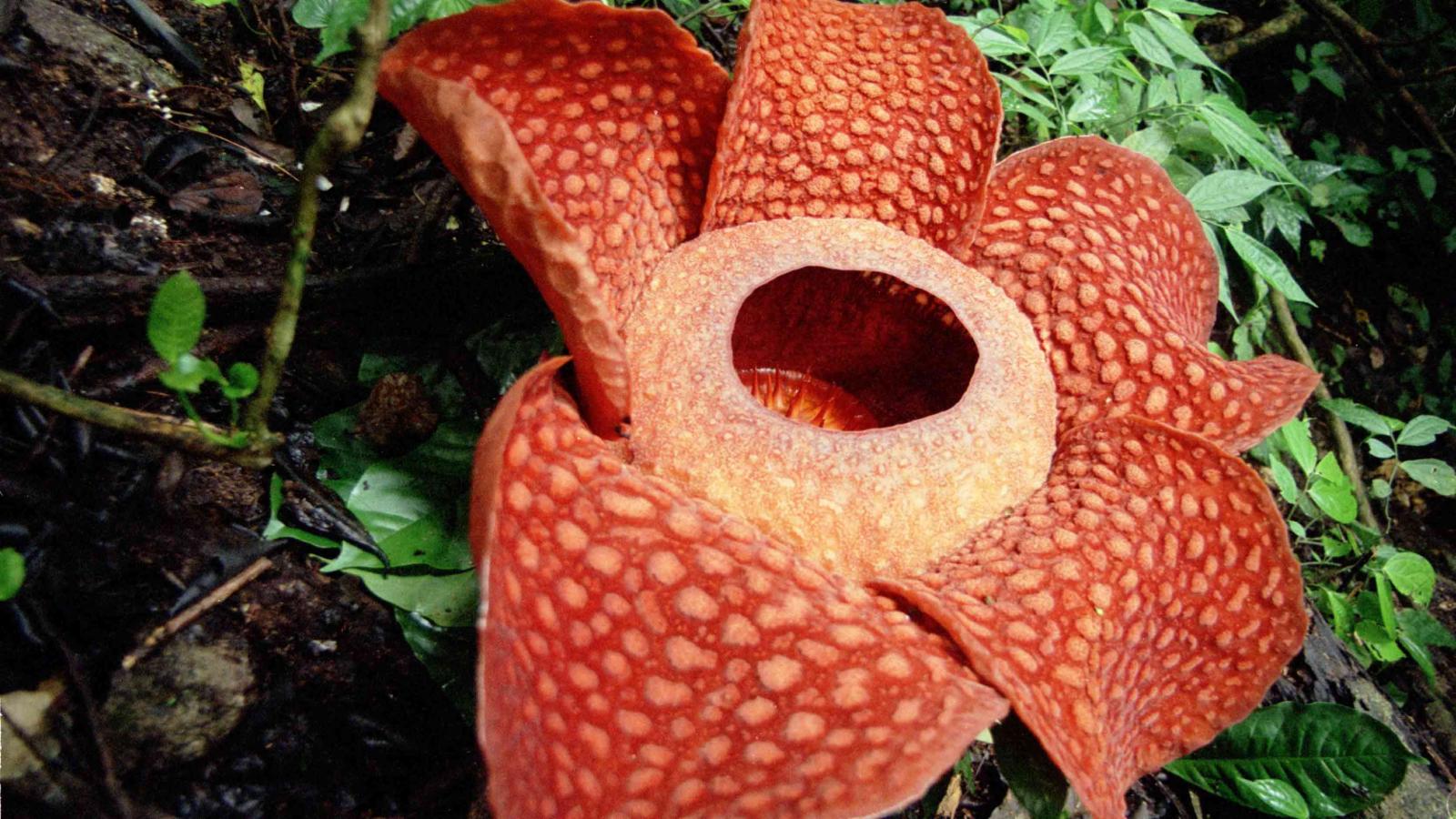
CAMBODIA
National flower: Rumdul (Mitrella Mesnyi)

The Rumdul bears a small yellowish-white flower with a single alternate leaf. The flower produces a distinctive fragrance which is prominent in the evening. Due to its attractive scent, the Khmer women had often been compared to the Rumdul flower during the ancient times.
The Rumdul tree, which grows to a height of 8 -12 meters, can be seen almost everywhere in Cambodia, and is often planted as a decorative tree in public parks.
MALAYSIA
National flower: Bunga Raya (Hibiscus Rosa-Sinensis)

LAOS
National flower: Dok Champa (Plumeria)

The Dok Champa is the national flower and official symbol of Laos. The waxy flower with a sweet scent can be found in many colors: red, yellow, pink and multiple pastels.
For the Lao people, Dok Champa represents sincerity and joy in life. The flower is often used as a decoration in ceremonies or made into a garland to welcoming guests. The Dok Champa blooms every day and lasts a long time. The trees are planted throughout the country and in particular, can be seen near the monastic areas.
PHILIPPINES
National flower: Sampaguita Jasmine (Arabian Jasmine)

The Sampaguita Jasmine was adopted as the national flower of the Philippines since 1934. The Sampaguita bears a white, star-shaped flower which blooms for the full year.
The flower opens at night and lasts for about one day, producing a unique sweet scent. For the Filipino people, the flower is the symbol of purity, simplicity, humility and strength. Its blossom is celebrated in Philippine legends, stories and songs. It is believed that the flower was brought from the Himalayan areas to the Philippines in the 17th century.
SINGAPORE
National flower: Singapore Orchid (Vanda Miss Joaquim)

This orchid is a hybrid and was named after its breeder.
The orchid bears an exquisitely beautiful (purple) color and shape. It blooms throughout the year. Its unique features won it the status of the official national flower of Singapore, over forty contenders, in 1981. Vanda Miss Joaquim is commonly planted in Singapore.
THAILAND
National flower: Ratchaphruek (Cassia Fistula Linn)
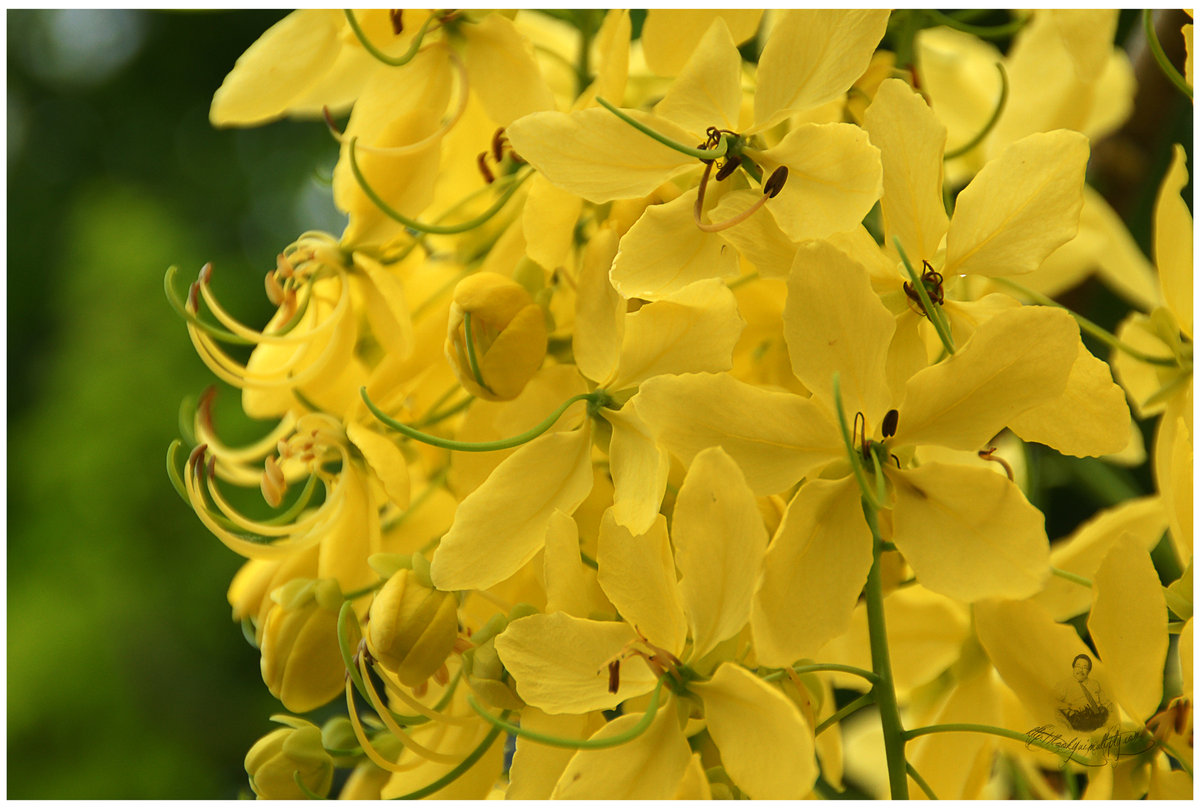
The Ratchaphruek tree bears beautiful yellow cluster-shaped flowers. The Thai people regard its yellow hue as the color of Buddhism and the color of glory.
Ratchaphruek blooms annually from February to May and symbolizes the unity and harmony of the Thai people. While the flowers are blossoming, the tree sheds its leaves, leaving only bright yellow flowers hanging on its branches. The Ratchaphruek is widely known in Thailand and is grown in abundance along the roadsides.
Source : Various sources including Vietnam.net and Wikipedia


















